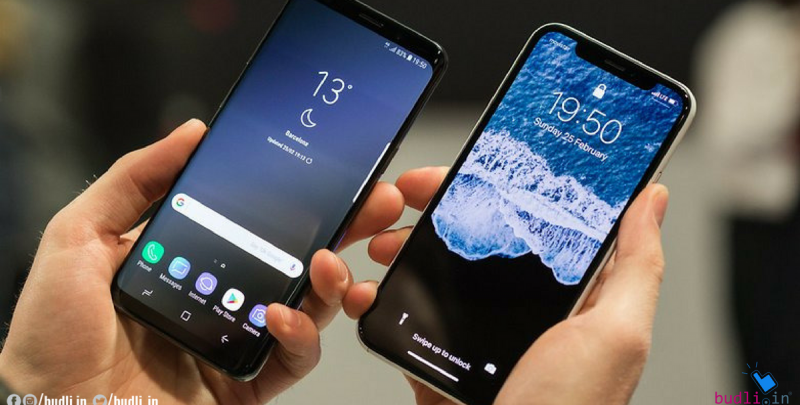Apple and Samsung’s most recent earnings reports show the same thing: most people don’t want to spend $1,000 on a new phone, no matter how good it is.
Apple doesn’t break out unit sales anymore, but on Tuesday reported iPhone revenue of $25.99 billion in fiscal Q3 2019, missing Wall Street estimates of $26.31 billion, according to FactSet. That figure is down 12% versus the same quarter last year.
Samsung reported its second-quarter earnings on Wednesday and specifically said that it saw demand for its more affordable phones, including its A Series devices, but the Galaxy S10 didn’t fare well.
“Samsung’s smartphone shipments increased QoQ led by strong sales of the new Galaxy A Series, including the Galaxy A50 and A70,” Samsung said. “However, sales of flagship models fell QoQ on weak sales momentum for the Galaxy S10 and stagnant demand for premium products.”
There are a few reasons why people aren’t buying those premium phones like they used to.
First, people are holding on to phones longer. Bernstein analyst Toni Sacconaghi said in February that iPhone owners are upgrading about once ever four years. Apple CEO Tim Cook said in January that “customers are holding on to their older iPhones a bit longer than in the past.” Cook has also said macroeconomic factors come into play, particularly in places like China.
There also haven’t been compelling reasons for regular consumers to upgrade. Enthusiasts might want the latest and greatest phones each year, but most people are concerned with camera quality and battery life.
Cameras are becoming a harder selling point, because phones launched over the past several years already have really good cameras.
Phone makers know this. Apple launched its iPhone XR last September, a phone that excels at both camera quality and battery life but that starts at $749. The more expensive iPhone XS ($999) and XS Max ($1,099) have more colorful and brighter screens and even better cameras, but most consumers don’t want to spend that much to get there. Meanwhile, Apple also still sells the iPhone 7 for $299 with a trade-in.
Samsung’s A Series phones attract the same audience who don’t want to drop $999 on a high-end Galaxy S10+ (which is now on sale for $799.) Google recently launched its Pixel 3a and Pixel 3a XL which include excellent cameras at half the cost of the standard Pixel 3 ($799) and Pixel 3 XL ($899).
Apple and Samsung are caught in a bit of a catch-22.
They both build and sell really excellent phones that are so good people don’t need or necessarily want to upgrade them to a new model just one or two years later. Samsung’s Galaxy 8 and 9 series are still “good enough.” And most people would argue the same for Apple iPhones going back to even the iPhone 6, so long as you replace the battery.
There’s no sign of this trend stopping — at least not until someone perfects folding phones or adds a “must-have” feature.
Samsung will announce its highly anticipated Galaxy Note 10 on Aug. 7, which gives it a chance to put its best foot forward ahead of Apple’s new iPhones in September. The Galaxy Note has a dedicated fan base, but it’s also typically a very expensive phone. That means its success will depend on whether or not people upgrade. It’s one reason Samsung has already teased the phone with compelling trade-in offers.
Apple will face the same hurdles with its new iPhones expected this fall, but at least has two rapidly growing sources of revenue: its services business and wearables, the latter of which is now bringing in more revenue than Apple’s iPad or Mac businesses.
Those businesses were good enough in Apple’s June quarter to send the stock up more than 3% on the Wednesday morning after earnings — despite the lackluster iPhone sales.


No comments:
Post a Comment